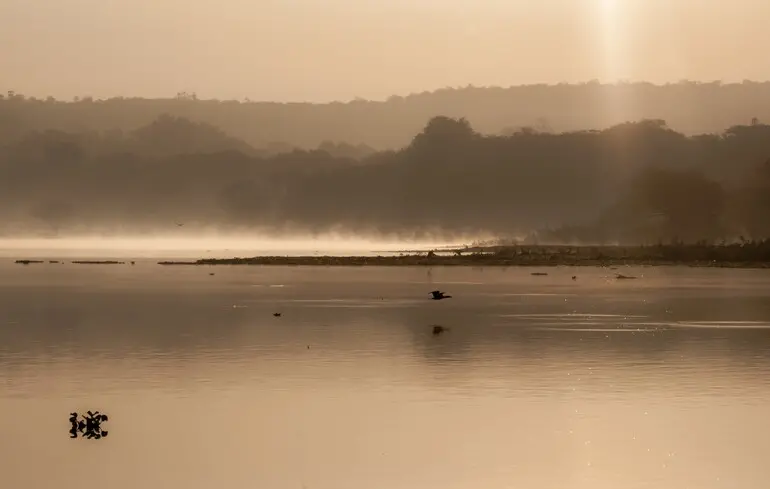South Asia Faces Water Crisis: Over 600 Million People at Risk of Losing Access as Record Drought Unfolds Over 1300 Years

According to extensive scientific research, millions of individuals in South Asia—more than 600 million—are already facing imminent loss of access to vital freshwater resources.
Experts warn that this dire situation is the result of the worst drought in over a millennium.
Over recent decades, water levels in the Ganges River, a crucial water source for millions across India, Bangladesh, and neighboring regions, have been rapidly declining amid intensifying climate change, melting Himalayan glaciers, and excessive groundwater extraction by human activity.Studies conducted by the Indian Institute of Technology Gandhinagar and the University of Arizona reconstruct river flow data spanning from 700 to 2012.
Combining archival information, natural records, and climate modeling, researchers have determined that the volume of water in the Ganges started to sharply decrease as early as the late 20th century.
The current drought has been found to be 76% more severe than the major crisis recorded in the 16th century.The problem is compounded by severe pollution, with nearly five billion liters of wastewater entering the river daily—only a quarter of which is treated.
Over-extraction of groundwater further worsens the situation: since the 1970s, water table levels in northern India have dropped by more than half, exacerbating drought conditions and threatening the survival of both the river and dependent ecosystems and communities.Archaeological discoveries reveal an ancient port submerged beneath water, historically used by figures like Cleopatra, highlighting the region’s profound historical significance.Today, the crisis manifests in practical ways—summer months see water levels drop to the point where navigation becomes impossible, and wells dry up, depriving farmers of irrigation.
Regional leaders are urged to collaborate on managing dams and water resources more efficiently, though experts caution that such cooperation alone cannot fully counter the impacts of global climate change.Recent climate models from the Max Planck Institute challenge previous assumptions that deforestation in the Amazon alone causes regional drought.
Instead, the models predict a series of complex climatic shifts—more intense rainfall of up to 54%, stronger winds, and temperature increases up to +5.4 °C—posing new challenges to regional ecosystems and human populations.

